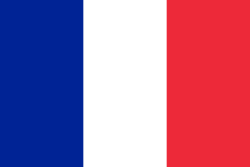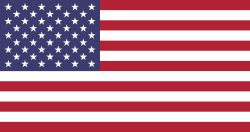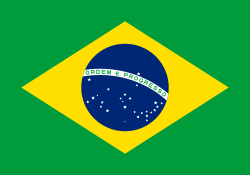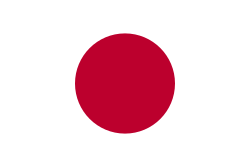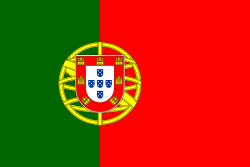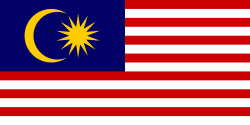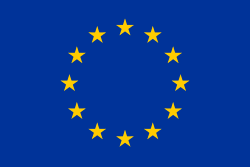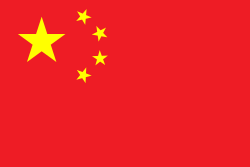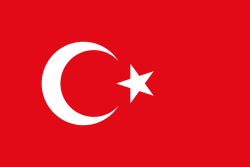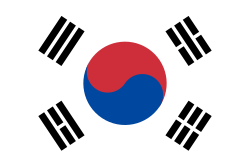Ferrari F1 (motortillverkare)
| Den här artikeln bör enligt ett förslag slås ihop med Scuderia Ferrari (2025-03) (Diskussion) |
| Hemvist | Maranello, Italien |
|---|---|
| Aktivt | 1950 - |
| Biltillverkare | Ferrari (1950 - ) Cooper (1960) De Tomaso (1963) Pearce (1966) Minardi (1991) Dallara (1992) Lola (1993) Red Bull (2006) Spyker (2007) Toro Rosso (2007 - 2013, 2016) Force India (2008) Sauber (2010 - ) Marussia (2014 - 2015) Haas (2016 - ) |
| Konstruktörs- titlar | 16 (1961, 1964, 1975, 1976, 1977, 1979, 1982, 1983, 1999, 2000, 2001, 2002, 2003, 2004, 2007, 2008) |
| Förartitlar | 15 (Alberto Ascari 1952, 1953 + Juan Manuel Fangio 1956 + Mike Hawthorn 1958 + Phil Hill 1961 + John Surtees 1964 + Niki Lauda 1975, 1977 + Jody Scheckter 1979 + Michael Schumacher 2000, 2001, 2002, 2003, 2004 + Kimi Räikkönen 2007 |
Ferrari är det italienska formel 1-stallet Ferraris motortillverkare. Ferrarimotorer har ingått i ett antal olika formel 1-bilar genom åren. Säsongen 2008 använde, förutom det egna stallet, Force India och Toro Rosso motorerna. Säsongen 2009 är det endast det egna stallet och Toro Rosso som tävlar med Ferrarimotorer.
F1-meriter
Källor
| ||||||||||||
Media som används på denna webbplats
The civil ensign and flag of Belgium. It is identical to Image:Flag of Belgium.svg except that it has a 2:3 ratio, instead of 13:15.
Författare/Upphovsman: SanchoPanzaXXI, Licens: CC BY-SA 4.0
Flag of Spain during the Spanish State. It was adopted on 11 October 1945 with Reglamento de Banderas Insignias y Distintivos (Flags, Ensigns and Coats of Arms Bill)
Kanadas flagga, införd 1965; denna version med Pantone‐nyanser. Nuvarande utformning ersatte den tidigare kanadensiska Red Ensign.
Flag of South Africa, used between 1928 and 1982. It is identical to the 1982 to 1994 version except that the shade of blue is darker. It is also known as the "Oranje-Blanje-Blou".
Flag of South Africa, used between 1928 and 1982. It is identical to the 1982 to 1994 version except that the shade of blue is darker. It is also known as the "Oranje-Blanje-Blou".
Flag of Portugal, created by Columbano Bordalo Pinheiro (1857–1929), officially adopted by Portuguese government in June 30th 1911 (in use since about November 1910). Color shades matching the RGB values officially reccomended here. (PMS values should be used for direct ink or textile; CMYK for 4-color offset printing on paper; this is an image for screen display, RGB should be used.)
The Flag of Europe is the flag and emblem of the European Union (EU) and Council of Europe (CoE). It consists of a circle of 12 golden (yellow) stars on a blue background. It was created in 1955 by the CoE and adopted by the EU, then the European Communities, in the 1980s.
The CoE and EU are distinct in membership and nature. The CoE is a 47-member international organisation dealing with human rights and rule of law, while the EU is a quasi-federal union of 27 states focused on economic integration and political cooperation. Today, the flag is mostly associated with the latter.
It was the intention of the CoE that the flag should come to represent Europe as a whole, and since its adoption the membership of the CoE covers nearly the entire continent. This is why the EU adopted the same flag. The flag has been used to represent Europe in sporting events and as a pro-democracy banner outside the Union.




